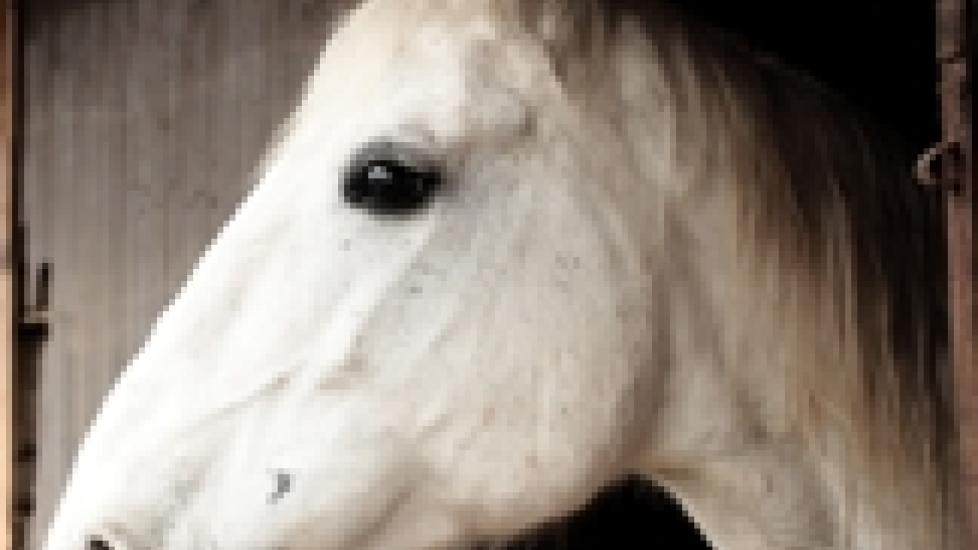The Importance of Quarantine
As humans, we invite other humans into our homes with no problems and go out amongst the masses, only to return to our families with stories of “guess what I saw,” or “look what I bought.” The spread of disease is not even a distant thought in our minds when we return from the state fair licking cotton candy off our fingers or inviting the neighbors over for BBQ. Even taking our dogs to the local dog park for some much needed canine camaraderie usually doesn’t give us pause.
My point here is that the concept of quarantine is not really considered by most of us. And that’s fine. If it is, either you’re a germ-a-phobe, or traveling to some crazy places. But if you have livestock, this concept can be very important when protecting your herd from contagious disease. Let’s take a look at what quarantine means for the farm.
What exactly are we preventing with quarantine? What’s the goal? Sometimes the term quarantine conjures up intimidating images from the movie “Outbreak” and people start imagining doing barn chores in those creepy orange biohazard suits. Luckily, most barns in the U.S. don’t have to go quite to that level.
If an individual has a closed herd, meaning no one new comes in and no one old goes out (only to come back in again), then quarantine is a non-issue. When it mostly is an issue is when a new animal is introduced to the herd.
Common diseases like viral and bacterial respiratory disease are at the top of the list of diseases that are easily spread by new animals introduced into a herd. Really, any disease that is passed by direct contact or aerosol is a concern. Additionally, a new introduction can bring intestinal parasites to the farm, with resistant parasites being the primary concern.
So what actually happens when an animal is in quarantine? Not much; it’s actually pretty boring. What you are doing is waiting; waiting for any disease that may be incubating in the new animal to show itself and/or run its course before the rest of the herd is exposed. Commonly, the new animal isn’t harboring anything, and after a period of time, usually two weeks, he can be released to make new friends in his new home.
Here are some general guidelines to consider if you have to institute quarantine for a new animal on your farm:
- Two weeks is a general guideline for length of quarantine. This gives a reasonable amount of time for any diseases to incubate and then show themselves.
- Interact with the new animal last, meaning after doing chores and interacting with the others.
- When someone’s in quarantine, that individual should have his own water and feed buckets and other necessary items, like grooming supplies and halters for a horse. No sharing of supplies should be allowed.
- The quarantine area should be far enough away from the other animals so as to reasonably prevent nose-to-nose contact and aerosol transmission. If this is a horse barn, a stall at the end of the aisle, preferably with an empty stall on the other side as a barrier, is often enough. However, a paddock outside the stable is better.
- Make sure everyone knows the rules. You can have the best quarantine area ever but if visitors come and pet the new herd member only to then go ride their own horse, well, goodbye quarantine.
- While having a new animal wait in quarantine, use this chance to get the new animal up to date on your farm’s vaccination and deworming schedule.

Dr. Anna O’Brien
Image: Nneirda / Shutterstock
